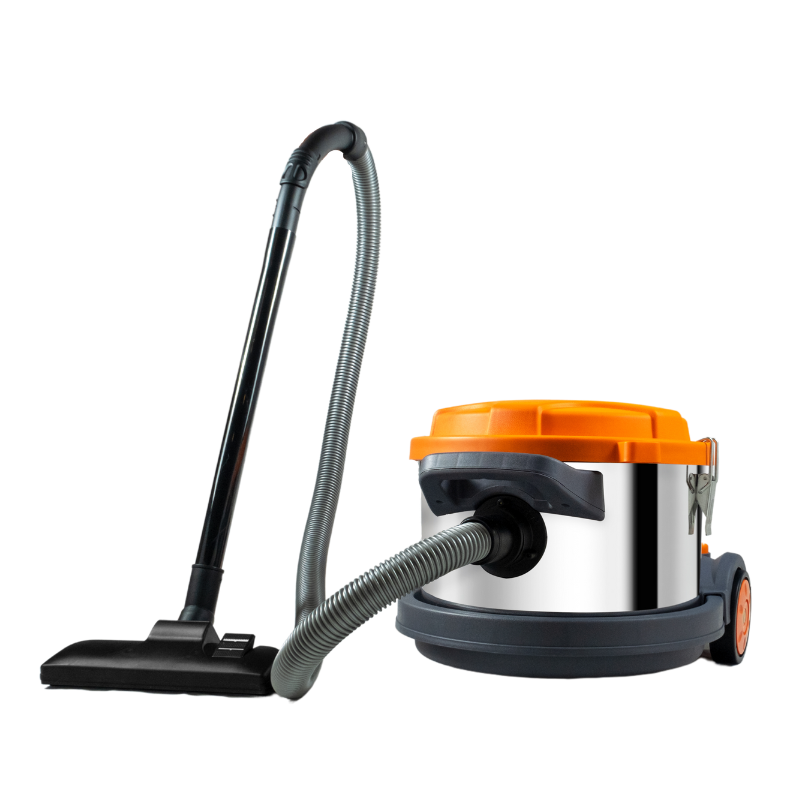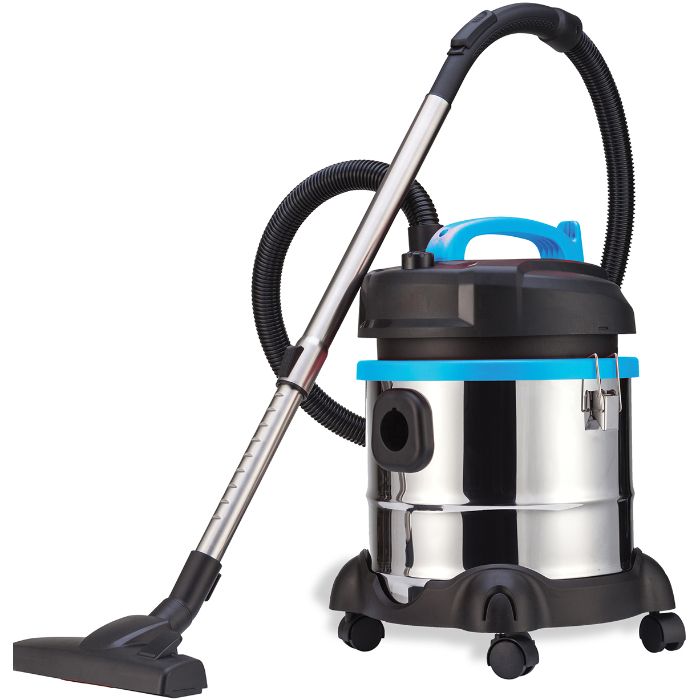Vacuum cleaners have become indispensable household tools, transforming the way we clean our homes. How does a vacuum cleaner work? Most people use them regularly but may not fully understand the science behind how they operate. This article provides a comprehensive overview of vacuum cleaners, focusing on the mechanics of suction, the different types available, and the technology that powers them. By the end, you’ll have a clearer understanding of the fascinating science that makes vacuum cleaners effective at picking up dirt, dust, and debris.
The Basic Principles of Vacuum Cleaning
Understanding Suction
How does a vacuum cleaner work? At its core, a vacuum cleaner operates on the principles of suction. This process begins when the vacuum cleaner’s motor powers a fan, creating negative pressure inside the cleaner’s body. As the fan spins, it sends air out of the exhaust port, causing a drop in pressure inside the vacuum cleaner. This reduction in pressure gives rise to suction, drawing air, dirt, and particles into the machine through the intake nozzle.
The basic formula for suction is relatively simple. When air is allowed to move from an area of higher pressure (outside the vacuum) to an area of lower pressure (inside the vacuum), it creates a flow of air that brings along dirt and debris. In practical terms, this means that the vacuum cleaner effectively “sucks” dirt from surfaces, making cleaning much easier than traditional dusting or sweeping.
Components Facilitating Suction
Several key components work together to create and control suction in a vacuum cleaner. The main elements include the motor, fan, filters, and collection bag or canister. Each component plays a vital role in ensuring effective performance. The motor generates the necessary power to drive the fan, which creates the suction effect. Filters trap dirt and debris, preventing them from escaping back into the air, while the collection bag or canister stores the debris until you are ready to dispose of it.
Understanding the interaction of these parts helps appreciate the engineering that goes into making a vacuum cleaner efficient.
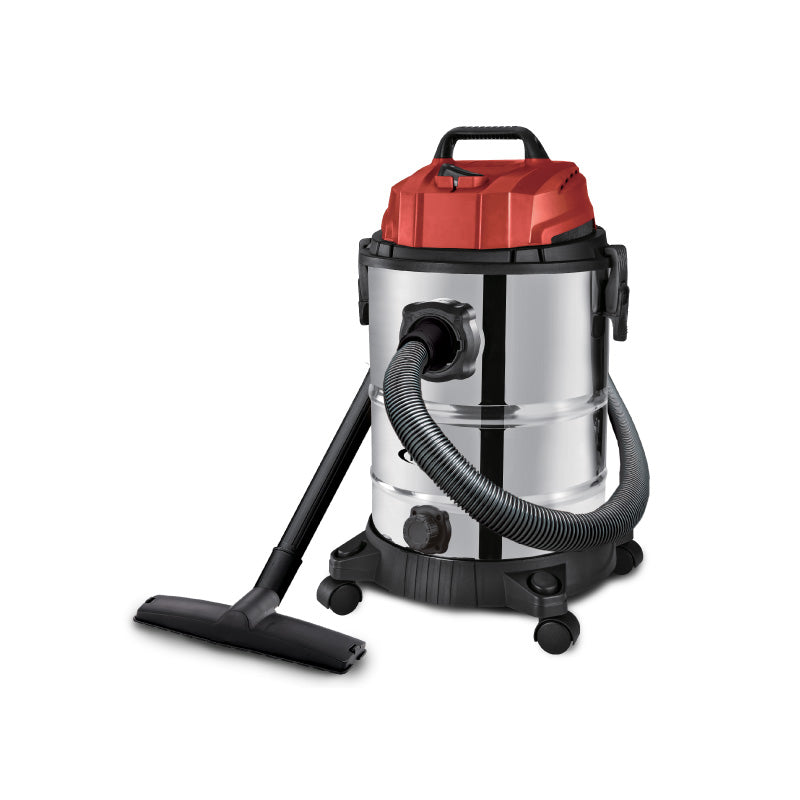
Types of Vacuum Cleaners
Upright Vacuum Cleaners
Upright vacuum cleaners are perhaps the most common type found in households. Their design typically features a built-in motor and brush roll, which effectively loosens dirt from carpets. When using an upright vacuum, you simply push it across the floor, allowing the motorized brush to agitate the carpet fibers while the suction pulls out dirt.
These vacuums work efficiently on both hard floors and carpets. Many models come with additional attachments for cleaning upholstery, stairs, or corners, providing versatility to tackle various cleaning tasks. However, they can sometimes be heavier and bulkier than other types, which may make them less convenient for certain users.
Canister Vacuum Cleaners
Canister vacuum cleaners consist of a separate canister that houses the motor and bag, connected to a flexible hose and cleaning wand. This design makes them easier to maneuver, especially in tight spaces. Users can pull the canister behind them while using the hose to clean different surfaces.
Canister vacuums are particularly effective on a variety of flooring types and often come with multiple attachments for different cleaning tasks. Because they tend to be lighter and more agile, they can be a better choice for people with limited mobility or for those who need to clean intricate areas like furniture or blinds.
The Role of Filters and Bags
Importance of Filtration
Filters are one of the unsung heroes of vacuum cleaners. They play a crucial role in ensuring the air that re-enters your home is clean and free of allergens. High-Efficiency Particulate Air (HEPA) filters are particularly valued for their ability to trap 99.97% of particles down to 0.3 microns. This capability prevents dust, pollen, and other small particles from escaping back into the air.
Regularly changing or cleaning filters according to the manufacturer’s recommendations is essential. A clogged filter can restrict airflow, reducing the vacuum cleaner’s efficiency and making it harder for the motor to create the necessary suction.
Types of Bags and Bagless Models
Vacuum cleaners can either use disposable bags or operate without them. Bagged models contain a bag that collects debris, which you then replace when full. Many people find these easier to handle, as you can throw the bag away without handling the dust directly.
On the other hand, bagless vacuums use a canister that you empty when it becomes full. These models can offer convenience and eliminate ongoing costs associated with buying replacement bags. However, handling dust and debris can create a mess if not done carefully.
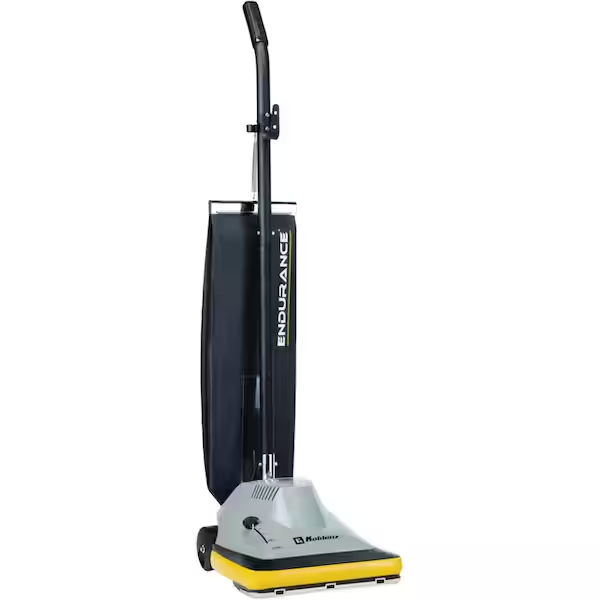
The Motor and Fan Mechanics
Understanding the Motor’s Role
The motor in a vacuum cleaner is the powerhouse behind its operation. Most vacuum cleaners use an electric motor that connects to a fan or impeller. The motor converts electrical energy into mechanical energy, which provides the necessary force to turn the fan blades. This movement creates airflow, facilitating the suction process.
The power of the motor significantly impacts the vacuum’s performance, determining both the strength of the suction and its ability to pick up larger debris. Manufacturers typically specify motor power in watts or amps, allowing consumers to compare models easily.
Fan Design and Its Impact
The design of the fan is crucial for optimizing airflow and suction. Most vacuum cleaners use centrifugal fans, which consist of blades that spin quickly, generating airflow effectively. The shape and design of these blades influence how much air is moved and how efficiently the vacuum can create suction.
Some advanced vacuum cleaners use brushless motors, which offer higher efficiency and increased longevity. The design minimizes energy loss and reduces noise levels, making for a quieter cleaning experience without sacrificing performance.
Understanding Suction Power
Measuring Suction Power
Suction power is a vital factor when evaluating the effectiveness of a vacuum cleaner. This power is measured in inches of water lift, which indicates how well the vacuum can pull against gravity. A higher rating means stronger suction capable of picking up dirt and particles more effectively.
Another measurement often considered is airflow, which is typically expressed in cubic feet per minute (CFM). A good balance between suction power and airflow ensures that the vacuum can lift and transport debris effectively while preventing clogging.
Factors Affecting Suction
Several factors can influence the suction power of a vacuum cleaner. Clogs in the hose or filters can significantly reduce airflow, leading to diminished suction. The flow of air can also be affected by the design of the vacuum itself, including the attachment design and the length of the hose.
Using the proper attachments for different surfaces can optimize cleaning efficiency. For instance, using a crevice tool allows you to reach into tight spaces, while a main nozzle works well on larger areas. Understanding these factors helps users choose the right vacuum cleaner for their specific needs.
Maintaining Your Vacuum Cleaner
Regular Cleaning and Maintenance
To ensure your vacuum cleaner performs optimally, regular maintenance is essential. Start by checking and cleaning filters according to the manufacturer’s recommendations. Wash or replace filters as needed to prevent clogs and maintain suction.
Also, clean the brush roll periodically. Hair, dirt, and other debris can accumulate around the brush, restricting its movement and affecting cleaning efficiency. A simple removal of such buildup can significantly enhance the vacuum’s performance.
Checking for Clogs and Damage
Perform routine checks of the hose and attachments for clogs or damage. If the vacuum is not performing as well as it should, inspect for blockages within the hose or filters. Even small obstructions can inhibit airflow, leading to decreased effectiveness.
Pay attention to the vacuum’s body and wheels. Ensure they are functioning correctly and free from damage. Maintaining a good condition prolongs the life of the vacuum cleaner and prevents unnecessary repairs.
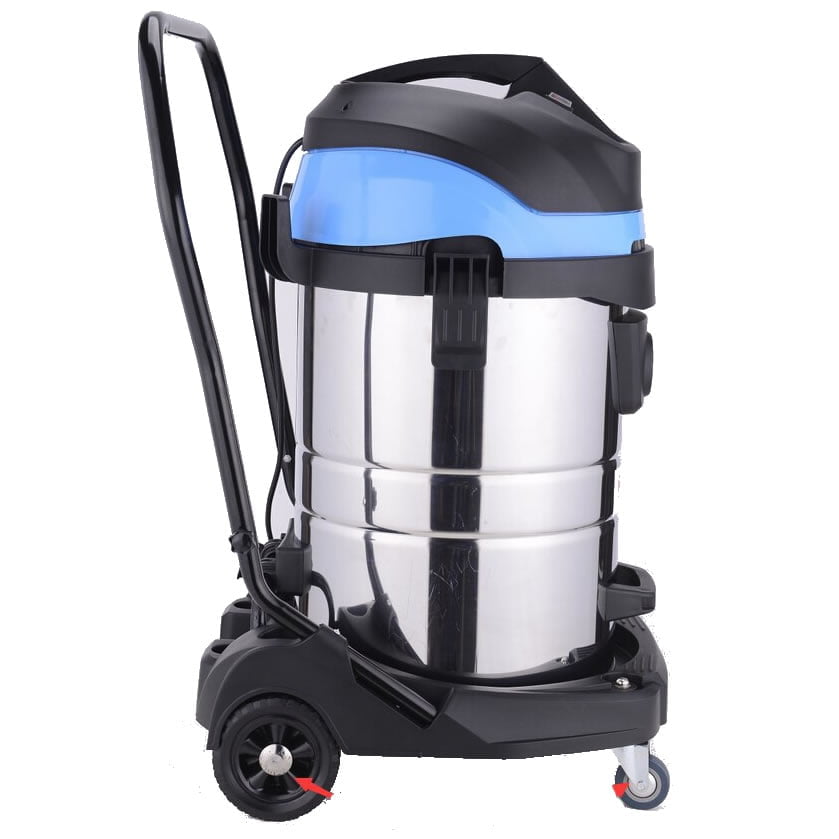
The Future of Vacuum Cleaner Technology
Innovations in Vacuum Design
As technology continues to evolve, vacuum cleaners are becoming smarter and more efficient. Robot vacuum cleaners, for instance, have gained popularity for their convenience and advanced navigation capabilities. These devices can autonomously clean floors while users focus on other tasks.
Additionally, smart vacuum cleaners connect to the internet, allowing users to control and schedule cleaning sessions via smartphone apps. Such innovations are changing the face of vacuuming and providing consumers with more flexibility than ever before.
Energy Efficiency Improvements
With a greater emphasis on energy conservation, new vacuum cleaners are designed to consume less energy while maintaining powerful performance. These designs often focus on optimizing airflow and cleaning efficiency to use minimal power without sacrificing suction strength.
Eco-friendly materials are also becoming more prevalent in manufacturing. Consumers are increasingly seeking products that reflect a commitment to sustainability, creating a demand for vacuum cleaners that use recycled materials and promote a reduced environmental footprint.
Conclusion
How does a vacuum cleaner work? Vacuum cleaners have evolved significantly, utilizing the principles of suction to facilitate efficient cleaning in homes and workplaces. Understanding how they work—focusing on the science behind suction, the components involved, and maintenance tips—provides valuable insights into their functionality.
As technology advances, consumers can expect even more efficient and intelligent vacuum cleaners that make cleaning a more manageable task. How does a vacuum cleaner work? By keeping your vacuum cleaner well-maintained and understanding the science behind its operation, you can ensure that your home stays clean and tidy with minimal effort.
